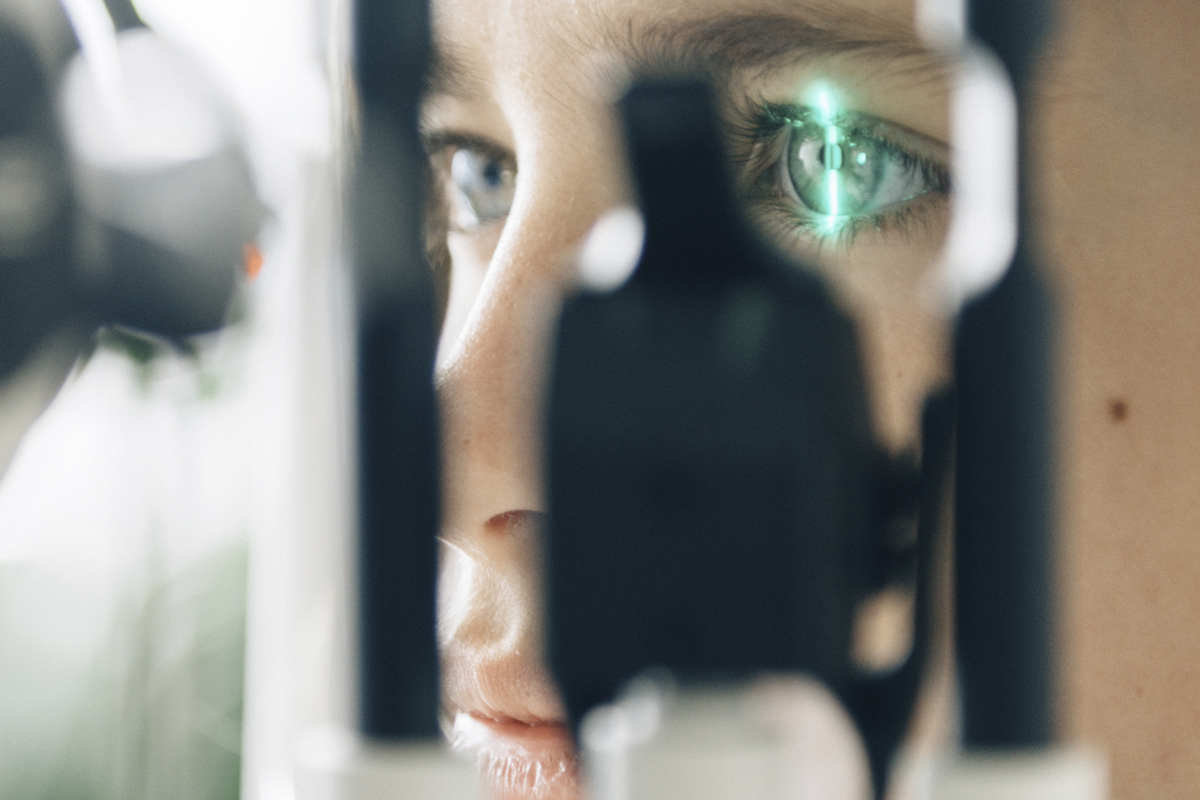
Prof. Machelle Pardue
Today, as vice chair of research and professor of ophthalmology in the Emory School of Medicine, Pardue focuses on translating eye research into treatments for ailments such as diabetic retinopathy and myopia. In this discussion, Pardue explains the importance of eye research and the critical role of the National Eye Institute (NEI), a 57-year-old branch of the National Institutes of Health and the leading supporter of eye and vision research in the U.S.
Why is the National Eye Institute and its funding so critical to eye research?
Eye diseases don’t neatly fit into other categories like neuroscience or cancer. They’re unique. An example is cataracts. Cataracts are caused by the lens in your eye becoming cloudy. That doesn’t fit into any other category of the body. It’s not muscle, it’s not bone. And yet today, it’s the number one surgery done around the world. The technology to put a new lens in somebody’s eye so they can see again is a perfect example of how years of research have led to direct clinical care for a unique structure in the eye that isn’t easily folded into other categories. That’s the logic behind having a separate eye institute. By concentrating on eye research alone that cannot be accomplished elsewhere, it’s a kind of force multiplier.
The amount of research activity at the Institute is critical for developing treatments, tools and interventions that will benefit patients with an eye disease. There’s a pipeline — even industry benefits from research done at universities. If we cut that off or reduce funding greatly, it’s going to trickle down and affect clinical care to patients. Research directly contributes to what kind of eye treatments are available to patients.
Can you share an example or two of why eye research is critically important?
One of the complications of diabetes is that you can get diabetic retinopathy. The blood vessels in your eye become leaky, which is bad for your vision. Once that happens, all we can do is try to slow down its impact on your vision, and you’re unlikely to regain any lost vision function again. Some patients are going to go blind. Right now, it may take 10 or 15 years just to detect this vessel leakage, which is why patients with diabetes are recommended to get an eye exam every year. Better biomarkers would allow us to measure and diagnose the disease and start treatments earlier, ensuring patients never get to the stage of having vision loss. But without the research that’s ongoing right now, we’re not going to get there.
Another example is myopia, or nearsightedness. People think that's not that serious, but it's nearing epidemic proportions; 43% of people in the U.S. are affected, and up to 80 or 90% in some Asian countries. People who have high myopia have complications later in life and are at higher risk for other vision-threatening diseases like retinal detachments, retinopathy or glaucoma. All the data suggests that myopia continues to increase. Why? We don't know. We think there's an environmental factor. Maybe a child doesn’t spend enough time outside in bright light and that leads to myopia. But until we know the underlying cause of myopia, we don't know how to stop the increase in myopia or prevent it. This is exactly where research can come in.
There are many medical problems that urgently need funding: cancer, heart disease, just to name a couple. Why is it important to prioritize eye research?
The National Eye Institute is one of the smallest institutions within the NIH. Yet even with a relatively small amount of funding, we’ve been able to do some pretty remarkable things. If you add up the number of people affected by dry eye, myopia, diabetic retinopathy, glaucoma, age-related macular degeneration and cataracts, it’s equal to 192 million. This is compared to 82.6 million people affected by cardiovascular disease and 17.4 million with cancer. One study found people would rather lose a leg than lose their sight – it’s that important to them. So, we need eye-specific research to ensure we work on preserving vision for half the population of the U.S. with some sort of visual impairment.

